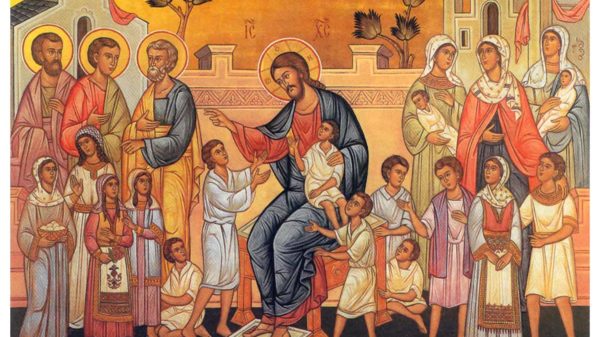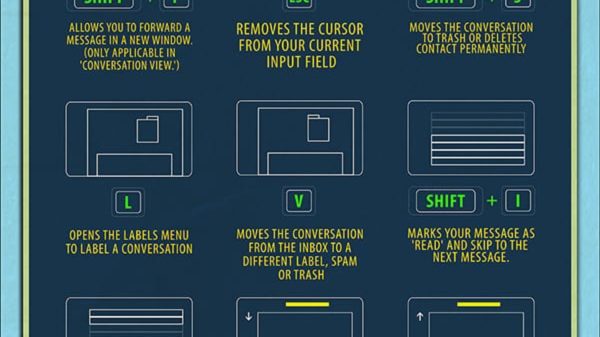| We’re continually reviewing new sites and adding resources, and appreciate your comments and suggestions. |
| Antiquity |
| Highlights from this print journal are offered online. You can also look over the table of contents for issues dating back to March of 1994. |
| Archaeology |
| Archaeology |
| Archaeology and Architecture |
| This page contains information on European, Greek, and Roman archaeology, and gives lots of related links. It is also a place to discuss archaeology. |
| Archaeology Internet Sites |
| An annotated list of dozens of Archaeology sites, this page allows you to take a tour of Egypt, look at artifacts exhibits, or catch up on recent archaeological news. |
| ArchNet |
| ArchNet is filled with useful information in the fields of archaeology and anthropology, and allows for searches by region or subject. Provides information about museums, academic institutions, and researchers. |
| Current Archaeology |
| Here you can get details of recent excavations and finds, and look at colorful pictures of artifacts and excavation sites. This site also gives you access to other related sites and archaeological directories. Or, for beginning archaeologists, join a society and find some good beginning books. |
| Earth Mysteries: An Introduction |
| On this site you will find information regarding a variety of “earth mysteries”. Stonehenge, with an excellent compilation of interesting information and breathtaking photographs, is here among other ancient sites and landscapes. |
| Egyptian Antiquity Information |
| There’s lots of good stuff here about monuments, rulers, gods, and even the entire Egyptian Book of the Dead! This link is on Egypt’s Ministry of Tourism site and you might want to check the rest of it out too. |
| Egyptology Resources |
| This “first web site dedicated to Egyptology” has been online since September 1994 and is a fine resource today. It offers Egypt resources in print and on the Web, conference, commercial, and museum information, and a wonderful “News and Gossip” section which is just that. |
| LITHICS-Net |
| There’s more information here on “North American Aborigine Projectile Points and Lithics” (arrowheads to most of us) than we knew existed! There’s a glossary of lithics terminology, a set of labeled drawings of the various point types, lists of reference books and periodicals, and excellent links. |
| London Museum of Archaeology |
| The Museum’s focus is “the human occupation of Southwestern Ontario over the past 11,000 years.” This attractive site offers a virtual tour of the Lawson Prehistoric Indian Village as well as of the museum itself, and both are excellent. It’s great history, and you can also learn about museum services, activities, and educational programs as well. |
| Maya Archaeology |
| There’s a lot to see at the Maya Archaeology homepage. Look at samples of ancient Maya art and architecture, learn about ancient Maya games or current travel in Guatemala, Honduras, or Belize, and find out how you can assist archaeologists. |
| Moyse’s Hall |
| Here you will find an example of Norman domestic architecture. In addition to views of Moyse’s Hall and information about it, there is a variety of other information including facts about the first hunters and British Tribal Kingdoms. Very interesting. |
| Nordic Underwater Archaeology |
| Discover the mystery of underwater archaeology. Find literature and electronic publications, read about underwater projects, and search archives with links to other interesting sites. |
| North Carolina Archaeology |
| The North Carolina Archaeology web site offers articles and information pertaining to prehistoric and historic archaeology in North Carolina. Lots of interesting information. |
| Oxidizable Carbon Ratio |
| This is a “Brief Introduction to the OCR Procedure for Dating Archaeological Features.” The author explains this new procedure, compares it with radiocarbon dating, and offers related links, as well as instructions for submitting samples. |
| Photos From Yucatan |
| Hundreds of great photos of Maya archaeological sites in Yucatan and Campeche, Mexico, are here, but there’s much more as well. Choose a location on the map, click, and go there to read the words of early explorers as they first saw these amazing structures. Then follow the wonderful photo tours. Masterfully done. |
| Radiocarbon WEB-info |
| This is probably all you ever wanted to know about Radiocarbon dating! Web resources plus history and method information are here in abundance, and there’s also a lengthy list of print sources and instructions for sample submission. |
| Roman Open-Air Museum Hechingen-Stein |
| This site documents the discovery in Germany in 1973 of a large 3rd century Roman Villa. You can take a virtual tour of the ancient site, partially reconstructed and used as a museum, or make plans to visit in person. |
| Scrolls from the Dead Sea |
| This site summarizes the Dead Sea Scrolls exhibit at the Library of Congress, Washington, DC. There’s fascinating reading here about the scrolls, the people who hid them, their discovery nearly 2000 years later, and the difficulties and controversies of scroll research. |
| SouthWestern Archaeology |
| So you want to know about archaeology in the beautiful southwest region of the U.S.? You’ve come to the right place. Find out about the Pecos Conference, archaeology in Arizona, Utah, Colorado, and New Mexico. Or visit the related links of interest. |
| The Ancient City of Athens |
| Created by The Department of Classical Studies at Indiana University, Bloomington, this is a photographic archive of the archaeological and architectural remains of ancient Athens. It contains thumbnails and information on various locations, as well as links to other recommended archaeological sites. |
| The Kelsey Online |
| The on-line Kelsey Museum has gallery, exhibition, map, and publication sections and deals mainly in Greek , Roman, and Near Eastern objects. There is also information on the Roman site of Karanis, Egypt, excavation of which was sponsored by the Kelsey. |
| The Mississippi Valley Archaeology Center |
| The Center researches the archaeology of the upper Mississippi River Valley and educates students and the general public about the area’s ancient cultures. This site offers cultural and climatic overviews, details of the Center’s educational programs, information about international Archaeology tours, an online museum, links, and more. |
| The Provincial Museum of Alberta |
| Featuring the human and natural history of Alberta and western Canada, The Provincial Museum of Alberta presents 12 curatorial programs, exhibits, galleries, and events. The Museum’s site is extensive and rich with information for educators and students alike. |
| The Tomb of the Chihuahua Pharaohs |
| This is an excellent Egypt site for kids. Well constructed by a sixth grade teacher, it includes a wonderful section on mummification, clip images of gods and goddesses, lesson plans for Fruit Mummies, kid relevant Egypt sites, and more. |
| Yeronisos Island Expedition |
| Yeronisos (“Sacred Island”) lies just off the coast of western Cyprus and since 1990 has been the subject of a total island study by a team from New York University. They want to integrate ecological and archaeological fieldwork to preserve natural and cultural resources. This is a fascinating site with great pictures and commentary. |

















